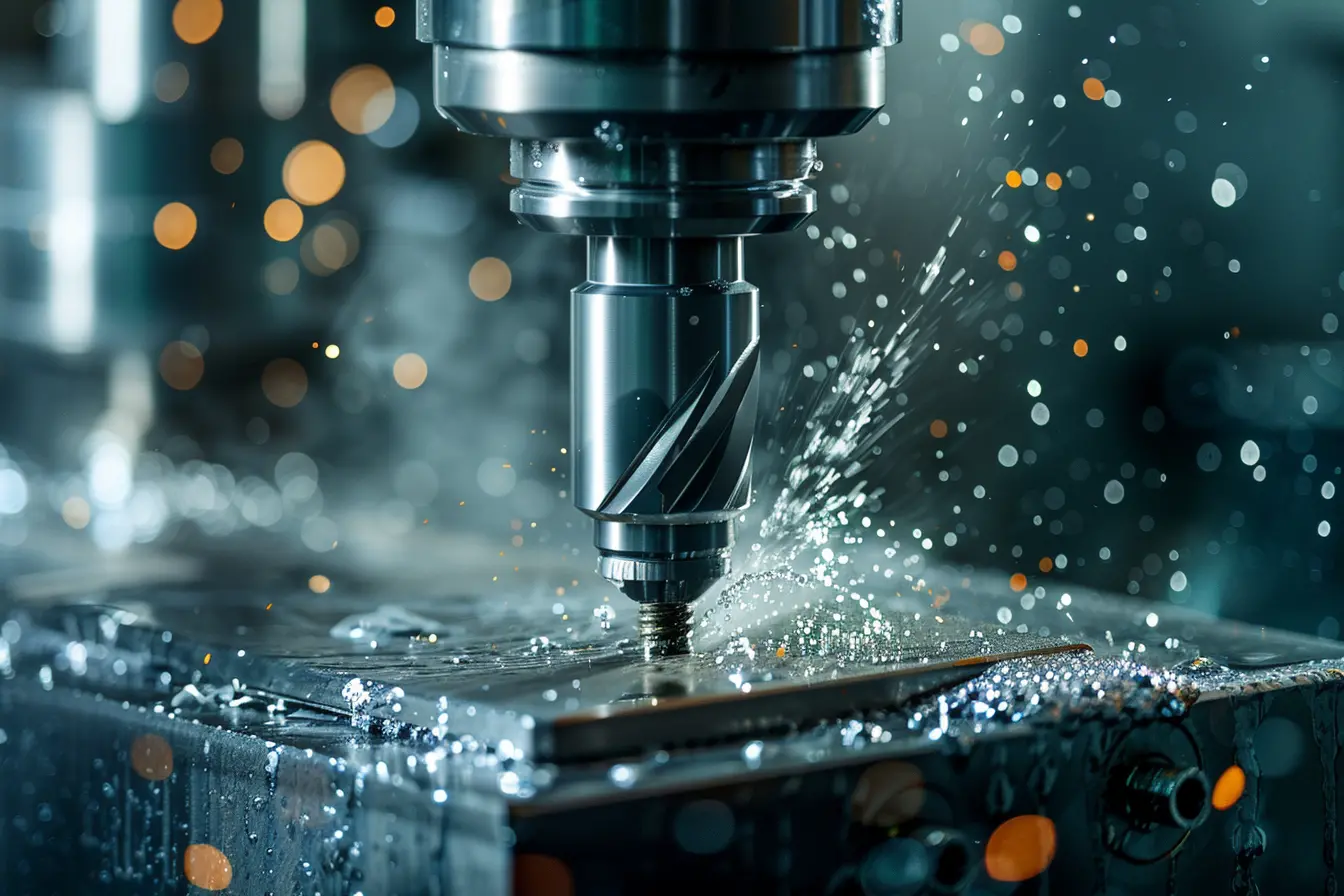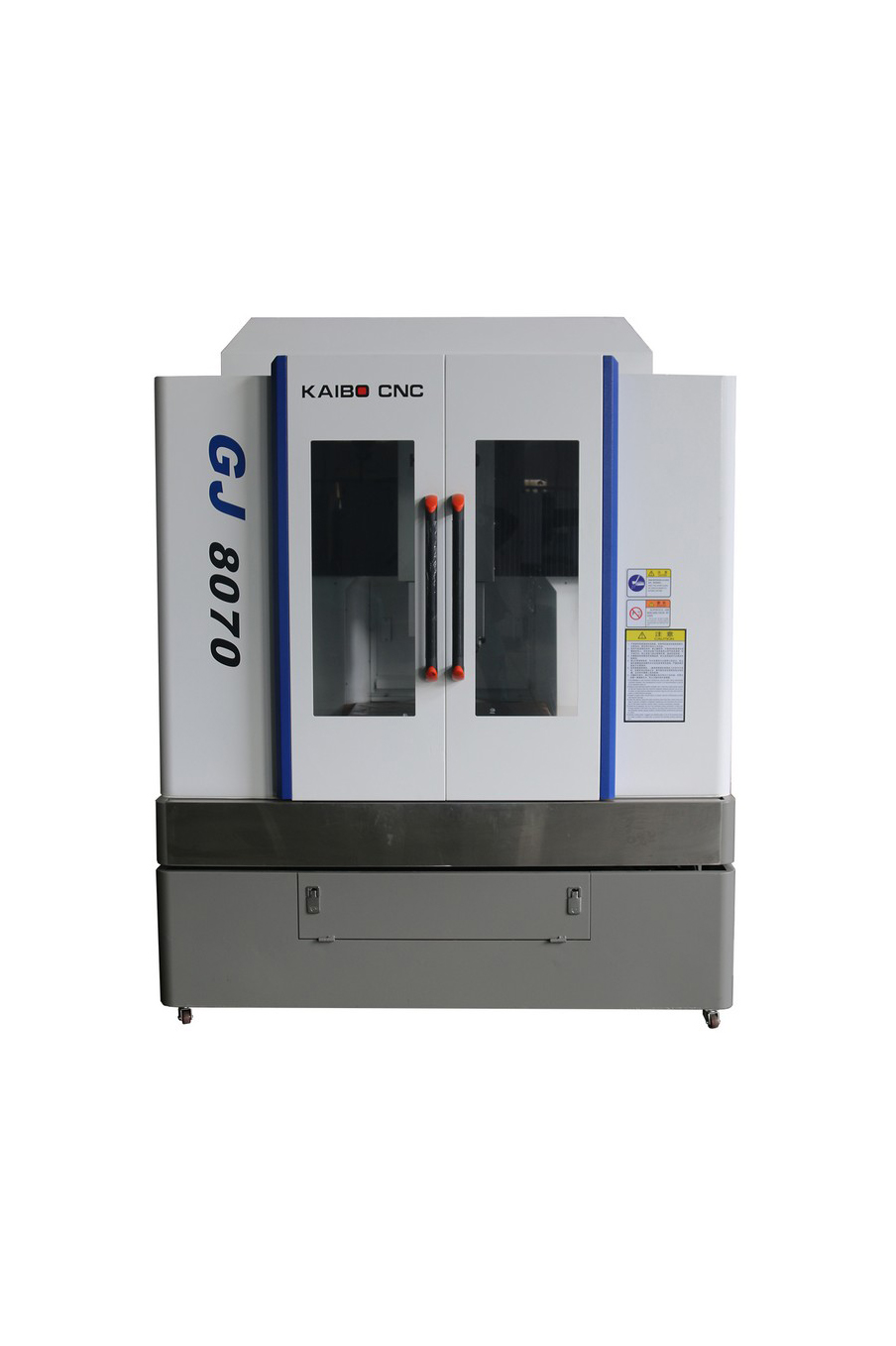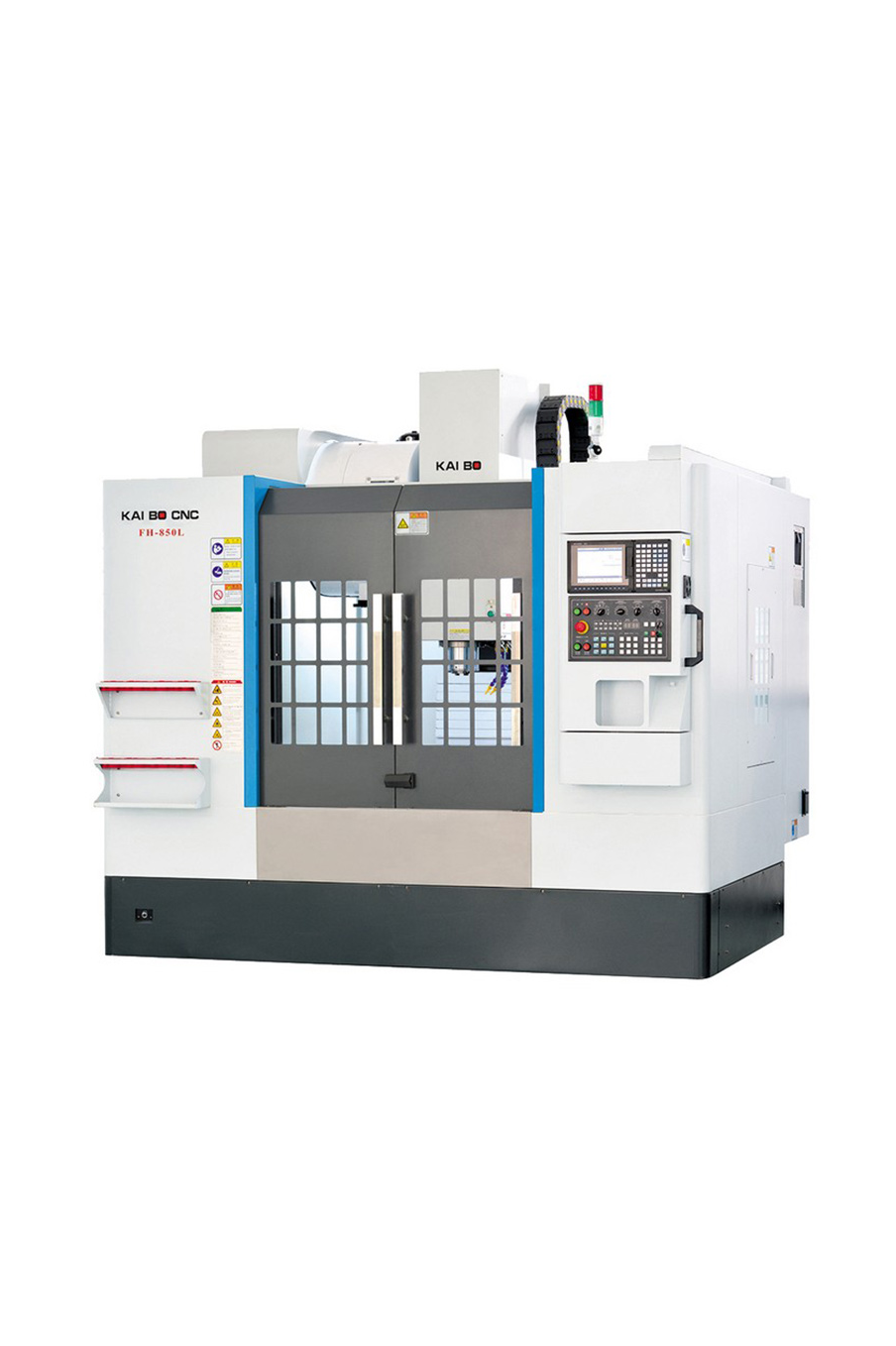In today’s manufacturing landscape, understanding the differences between wet and dry machining is crucial. Wet graphite machining centers have emerged as a transformative solution compared to traditional dry machines. This analysis will delve into their advantages regarding efficiency, precision, and environmental sustainability.

Wet machining provides superior cooling and lubrication, resulting in less tool wear and longer operational periods. This translates into lower costs and increased production speed. The cooling effect of the wet process can significantly enhance the machining quality, reducing the rate of defects in production.

The wet machining process allows for tighter tolerances and finer finishes. The use of coolant helps to dissipate heat generated during machining, which minimizes thermal distortion—a common issue in dry machining that can compromise product quality.

Sustainability is becoming increasingly important across industries. Wet machining centers generate fewer airborne particles and reduce the environmental footprint by minimizing waste. This helps manufacturers comply with more stringent environmental regulations while promoting a cleaner production process.
As highlighted, wet graphite machining centers offer significant advantages over traditional dry machines in efficiency, precision, and environmental impact. Manufacturers looking for optimal production solutions would benefit from considering a transition to wet machining technologies in order to enhance their competitiveness in the market.











